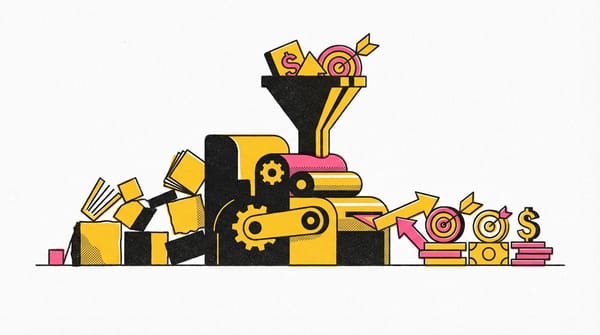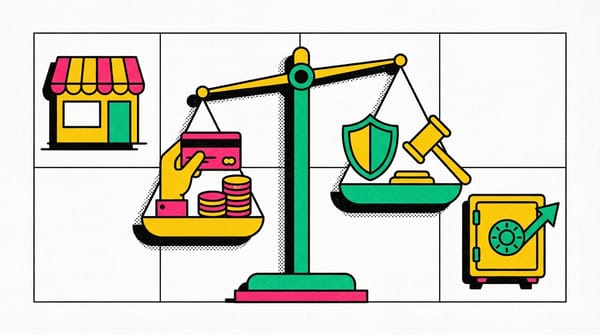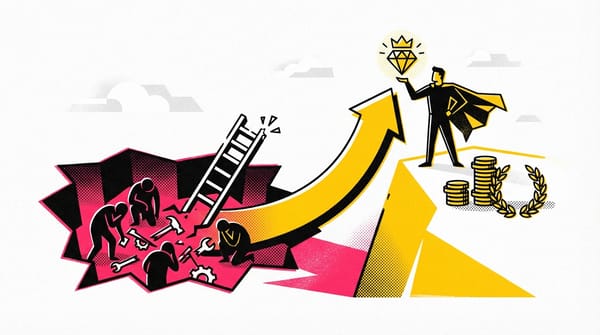How to create a value proposition?
Unlock the secrets to crafting a compelling value proposition! Learn to use the Value Proposition Canvas for effective product planning and testing.

Value Proposition - a clear and simple explanation of the benefits consumers get by purchasing a product or service.
In this article, I'll explain how to create a value proposition using the Value Proposition Canvas (VPC) tool. With VPC, you can better test ideas and plan the product's functionality.

The customer segment is located in the circle on the right. This pattern describes the motivation for purchase and consists of three elements:
- Needs (jobs)
- Problems, blockers, pains (pains)
- Advantages, benefits (gains)
Together, they answer the question, "Why does this person buy the product?"
The product is described in detail in the box on the left:
- Products and services: what makes up your value proposition
- Pain relievers: how the product solves problems
- Gain creators: how the product enables advantages
If the pain relievers and gain creators address the problems and expectations, then the value proposition is considered aligned.
How to work with this tool?
Start by filling out a template on paper. Print it in A0 format, hang it on the wall, and use sticky notes for brainstorming. Perform 3-4 iterations, then digitize and transfer the data to an online board for refinement. Expect many corrections; this is normal.
Needs (jobs)
With the TBD (to be done) methodology, you can answer the question: "Why does the consumer buy the product?"
Example: A product to clean car glass that "improves driving safety." Do you think advertisers have correctly formulated my need? I certainly want safe driving, but is that why I buy a cleaner? Do I feel "greater safety" after buying it, especially if dirty glass rarely causes traffic accidents in my city? No. I "hire" the cleaner for a much simpler job: cleaning the glass. I'm more interested in how well it cleans. "Driving safety" is too strong and global a motivation for such a simple product.




